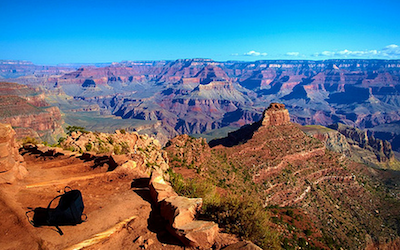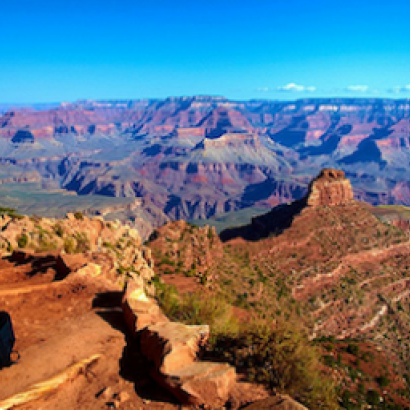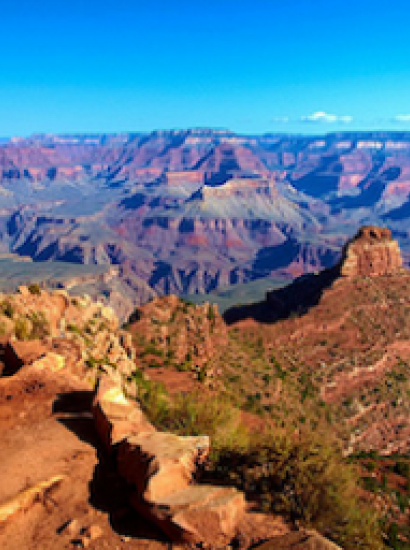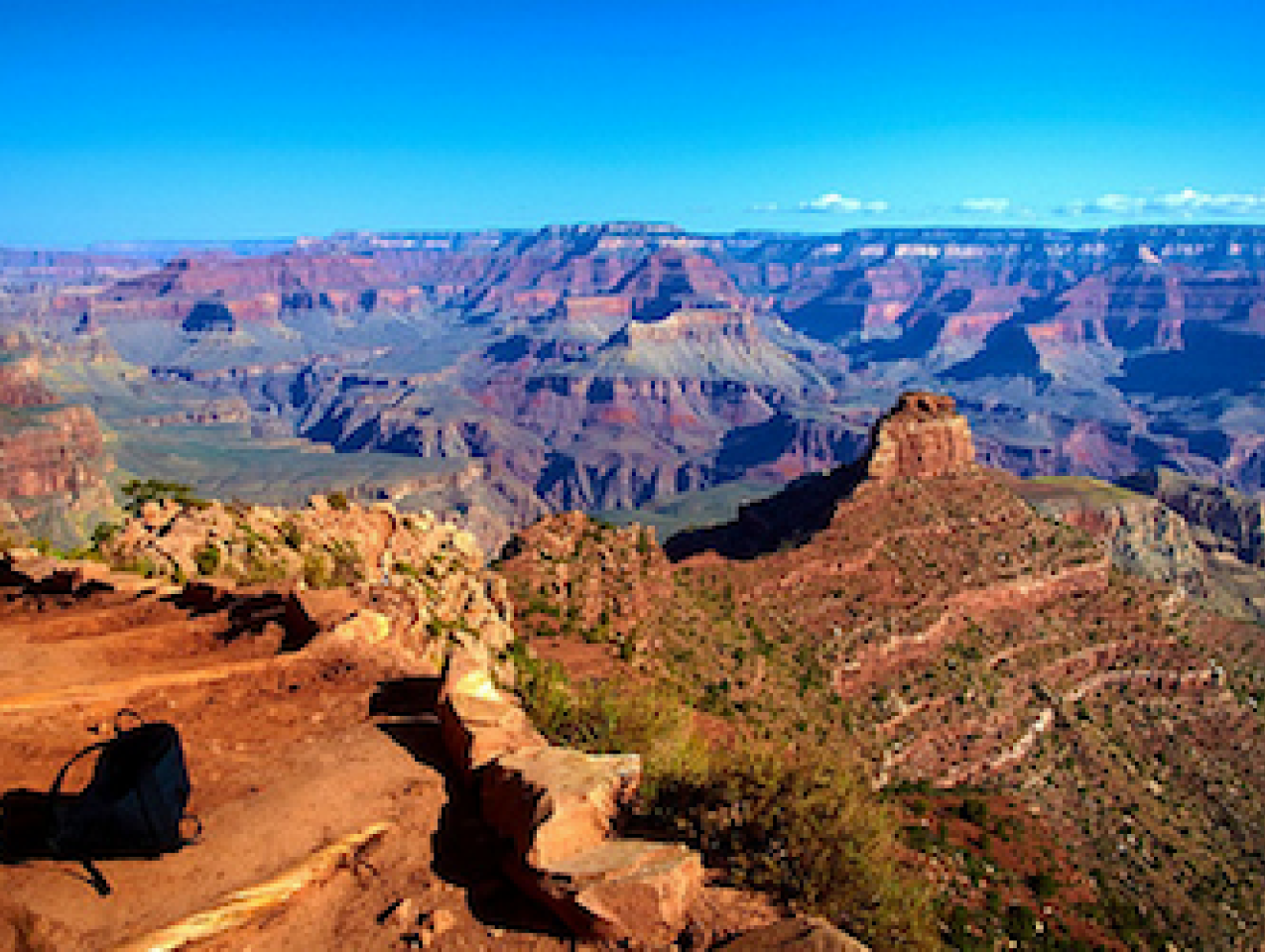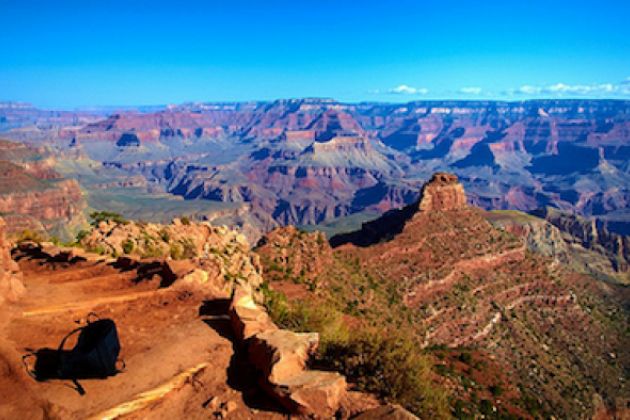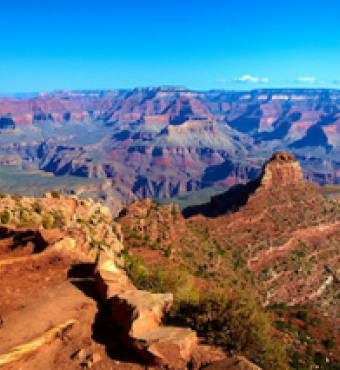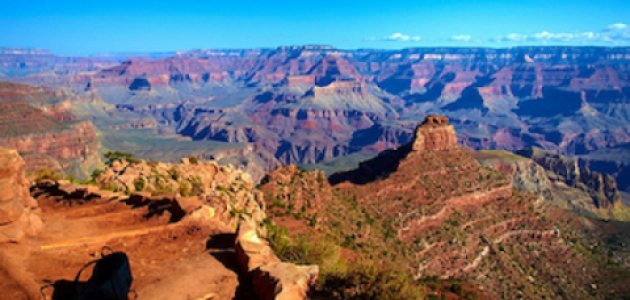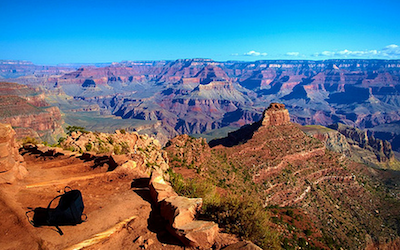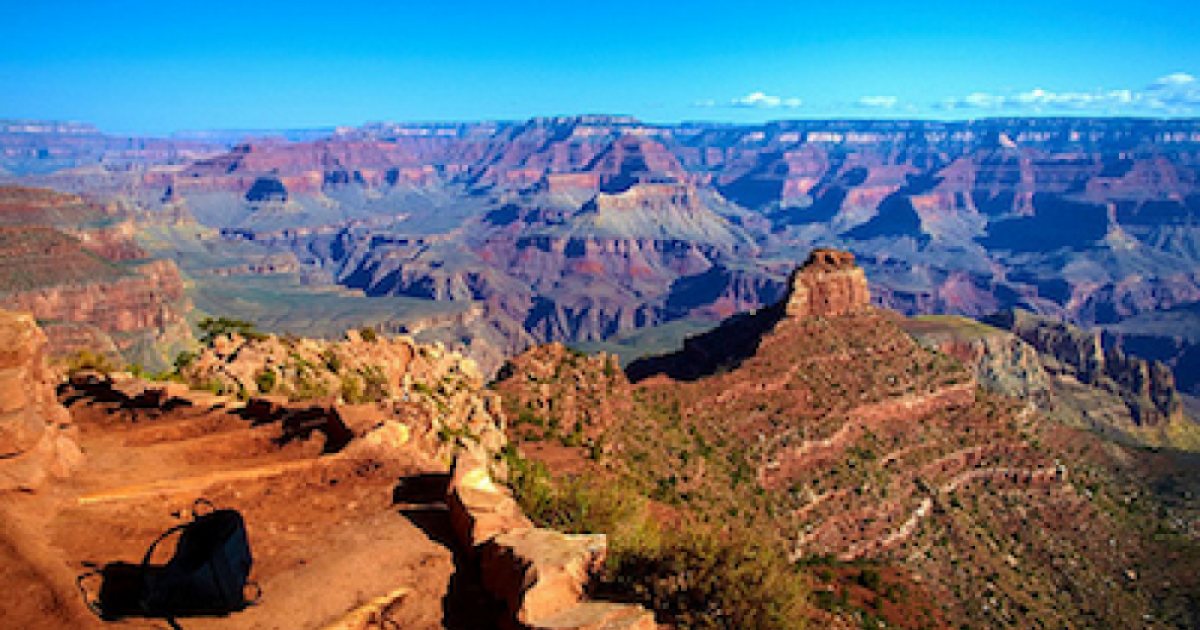- Economics
- Regulation & Property Rights
- Law & Policy
The Grand Canyon is a “crown jewel” in our national park system, one on which the Hualapai Indian tribe thought it might capitalize. To do so, it contracted with Las Vegas developer, David Jin, to invest nearly $30 million to build a tourist attraction called the “Skywalk.” The horseshoe shaped, crystal-clear, glass walkway jutting 70 feet out from the rim of the Grand Canyon opened in 2007. Since then, 1.4 million visitors have paid $30 to don booties, walk into space, and look 4,000 feet straight down to the Colorado River below.
With revenues worth an estimated $100 million over the next two decades, this project could help lift 2,100 tribal members out of poverty, but a legal dispute may have killed the goose that could lay golden eggs. Worse yet, this could stifle investment across Indian Country.
The tribe alleged that Jin failed to finish the visitor center and used its sovereign right of eminent domain to seize the property. Jin, on the other hand, said that the tribe failed to provide promised utilities and failed to pay him his share of ticket revenues. He contends that the tribe waived sovereign immunity, thus negating its authority to exercise eminent domain.
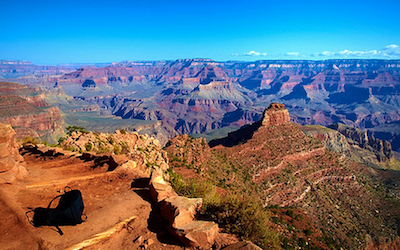
Photo credit: Moyan_Brenn
On February 11, 2013, U.S. District Judge David Campbell ruled in favor of Jin saying that the tribe had “clearly waived its sovereign immunity” and that its legal arguments were “odd,” “nonsensical,” and “wholly unconvincing.”
Rather than accept the decision or pursue normal appeals processes, the tribal council tried an end run to avoid the $28.6 million judgment against the tribe. On March 4, Hualapai leaders sought Chapter 11 bankruptcy protection “to prevent further collection efforts” by Jin. They say the original company that contracted with Jin, Sa’ Nyu Wa, was shutdown and the assets transferred to the Grand Canyon Development Corporation. Because the corporation is a wholly owned tribal enterprise, they contend it is protected by sovereign immunity. Even Hualapai tribal court judge Mark Tratos sees this as “a shell game, plain and simple.”
Some members of the tribe recognize that the reputation effects of this decision go far beyond the U.S. District Court settlement. Louise Benson, who was chairwoman of the tribe when the Skywalk contract was signed, said current tribal leaders are “giving the Hualapai a terrible reputation that will injure the tribe for years.” She added, “All over Indian country, I think this is bad.”
To counter the negative reputational effect, a more farsighted tribal electorate voted on March 6 to recall two tribal council members involved in the Skywalk takeover. Unfortunately, this action may be too little, too late.
The difficulty of creating a stable investment climate in Indian Country is not new. For example, in 1953, the Jicarilla Apache tribe began negotiating with petroleum companies to explore and produce oil and gas on its reservation. The contracts provided for royalty payments of 12.5 percent. Then, in 1976, after the companies had made significant investments in infrastructure, the tribe added a severance tax, taking the total rate to nearly 20 percent. In court, the companies argued that only state and local authorities had the ability to tax mineral rights on Indian reservations. The companies eventually lost the argument when the U.S. Supreme Court ruled in favor of the tribe.
This judgment, however, did nothing to improve the investment climate for energy development on reservations. With an estimated $1 trillion in recoverable energy reserves under reservation land, tribes with those resources could be rich, but court decisions such as this could discourage people from investing on reservations.
If a tribal abuse of sovereign powers to tax and condemn isn’t enough to discourage investment, tribal courts add additional uncertainty for investors and lenders who perceive them to be biased. Recently, Nancy Vermeulen, whose finance company in Billings, Montana, makes loans to Indians, told Forbes Magazine, “We take on such a huge extra risk with someone from the reservation. If I knew contracts would be enforced, then I could do a lot more business there.” In 1971, the U.S. Supreme Court ruled that Montana courts had no jurisdiction to enforce payment of a debt owed by a Blackfeet tribal member to a non-Indian store owner. Two years later, a Montana judge opined that the result “was to dry up credit sources throughout the state to responsible Indian citizens.”
Because a 1953 law forced approximately one-third of the largest Indian reservations to relinquish judicial jurisdiction to the states in which they reside, we can compare their per capita income data and access to credit with reservations under tribal jurisdiction. Per capita incomes on the former average more than 30 percent more, and home mortgage data show that a lender is 50 percent more likely to accept a loan application from a Native American on a state jurisdiction reservation.
All governments face the sovereign’s dilemma: should they take the entire pie now or accept a smaller slice of a larger pie in the future? Their decisions have major implications for growth. As economists Daron Acemoglu and James Robinson explain in Why Nations Fail, “economic institutions that enforce property rights, create a level playing field, and encourage investments in new technologies and skills are more conducive to economic growth than extractive economic institutions that are structured to extract resources from the many by the few.”
Solving the sovereign’s dilemma in Indian Country won’t be easy, especially in light of the Hualapai controversy. On the bright side, tribes are training their judges and improving their judicial procedures. Some tribes are adopting uniform commercial codes and implementing legislation to better secure transactions with off-reservation partners. Less stringent requirements for waiving sovereign immunity would also help tribes bind themselves when dealing with developers such as Jin.
Since 1831, when the U.S. Supreme Court declared the relationship between tribes and the federal government to be that of “a ward to his guardian,” tribes have become more and more dependent on their guardian. Those tribes that can resist the temptation to extract wealth today for the sake of future growth have the best hope of gaining the wherewithal to break the shackles of dependency and become truly sovereign.







